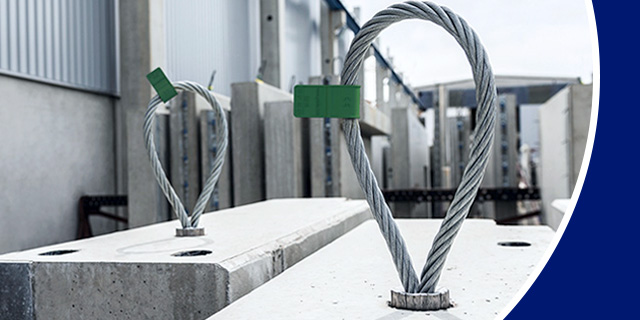Lifting Anchor: A Crucial Skill in Seamanship
Lifting an anchor is a vital maneuver for any sailor, lifting anchor whether on a recreational yacht, a commercial vessel, or during naval operations. This task is not just about raising a heavy object from the seabed but involves a mix of technical knowledge, coordination, and precision. The process varies depending on the type of anchor, the condition of the seabed, the type of vessel, and the prevailing weather conditions. Understanding the principles behind lifting an anchor and performing it safely is a critical skill for any seafarer.
The Role of Anchors in Maritime Operations
Anchors are designed to keep vessels stationary, preventing them from drifting with the current or wind. They consist of a heavy metal weight (often steel) and a chain or rope (called the anchor rode), which is deployed to the seabed. The anchor works by embedding itself into the seafloor, creating friction that holds the vessel in place.
When it’s time to leave, whether for travel or due to a change in conditions, the anchor must be lifted. This involves pulling the anchor and its rode back aboard the vessel, a process that can sometimes be more challenging than it seems, especially in rough seas or when the anchor is stuck.
Steps to Properly Lift an Anchor
- Preparation
Before attempting to lift the anchor, ensure the vessel is securely positioned. This typically involves ensuring the vessel is facing into the wind or current to reduce resistance when pulling up the anchor. The boat’s engines or a winch may be used to help with the maneuver. - Inspect the Equipment
Check the winch or windlass, which is the device responsible for pulling in the anchor and chain. Make sure the equipment is functioning correctly. Inspect the chain or rope for any signs of wear or damage, which could jeopardize the safety of the process. - Loosen the Anchor
The anchor may be caught or wedged in the seafloor, especially if it’s a large, heavy anchor or in a rocky area. In such cases, sailors might need to adjust the boat’s position slightly, using the engine to help shift the anchor free. - Start the Lifting Process
Engage the winch or windlass slowly to begin pulling the anchor rode. The chain should be pulled in gradually to avoid sudden tension, which could damage the equipment or the boat. If using an anchor windlass, ensure it is well-lubricated to operate smoothly. - Monitor the Anchor’s Progress
As the anchor is pulled up, be alert to any sudden changes in resistance, which might indicate the anchor is stuck or fouled on underwater obstacles. The crew should remain ready to adjust the boat’s position if needed. - Stowing the Anchor
Once the anchor is brought aboard, it should be cleaned, checked for damage, and stowed properly in the anchor locker. The anchor rode must also be neatly stored, ensuring it is not tangled and can be easily deployed when needed.
Common Challenges in Lifting an Anchor
While lifting an anchor might sound straightforward, it comes with its set of challenges:
- Anchor Stuck in the Seabed: This is one of the most common issues. If the anchor gets caught in rocks or debris on the seabed, it can require more force to dislodge. In extreme cases, divers may be needed to assist in freeing the anchor.
- Strong Weather Conditions: Wind, current, and waves can make lifting the anchor a dangerous task, especially if there’s a lot of resistance. During these times, sailors need to ensure that they are prepared to handle the additional forces at play, often using the engines or tugboats to assist in the process.
- Anchor Rode Tension: As the anchor is pulled up, it’s important to ensure the rode (the chain or rope) is evenly wound and doesn’t get caught. Uneven winding or a tangled rode can cause problems when the anchor is next deployed.
- Winch or Windlass Malfunctions: Mechanical failure is another risk during anchor retrieval. Regular maintenance of the equipment is crucial to avoid unexpected breakdowns.
Technology and Modern Techniques
Over the years, advances in technology have made the process of lifting anchors more efficient. Hydraulic windlasses, motorized anchor systems, and even automatic anchor retrieval systems are now available on many modern vessels. These devices help to reduce the physical strain on sailors and can even improve the speed and safety of the operation.
In addition, GPS and sonar technology are increasingly used to monitor the anchor’s position and to detect obstacles that might pose a risk during retrieval. These advancements make it easier to ensure the anchor is properly stowed and that the vessel remains safely anchored before lifting.
Safety Considerations
Lifting an anchor requires attention to safety, as improper handling can lead to injury or damage to the vessel. Here are a few safety tips:
- Wear Proper Gear: Always wear non-slip footwear and gloves when operating the anchor winch. Safety glasses and other personal protective equipment (PPE) can help protect against flying debris or accidental contact with the anchor or chain.
- Work in Teams: Anchoring and retrieving often requires more than one person, especially on larger vessels. A coordinated effort can ensure the task is done more safely and efficiently.
- Clear Communication: Ensure all crew members are aware of the plan, and communicate any changes in position or procedure clearly.
Conclusion
Lifting an anchor may seem like a simple task, but it requires careful preparation, attention to detail, and understanding of the vessel’s equipment and the surrounding conditions. Whether in calm or stormy waters, the ability to lift an anchor efficiently is essential for safe and smooth operations on the water. With proper training and knowledge, even the most challenging anchor lifts can be accomplished with confidence, ensuring the safety and success of any maritime journey.

